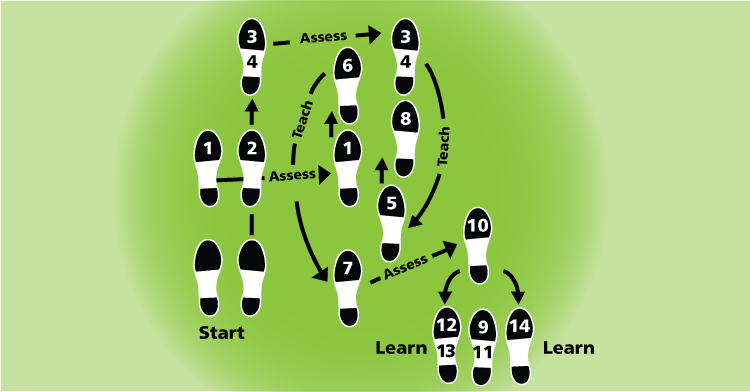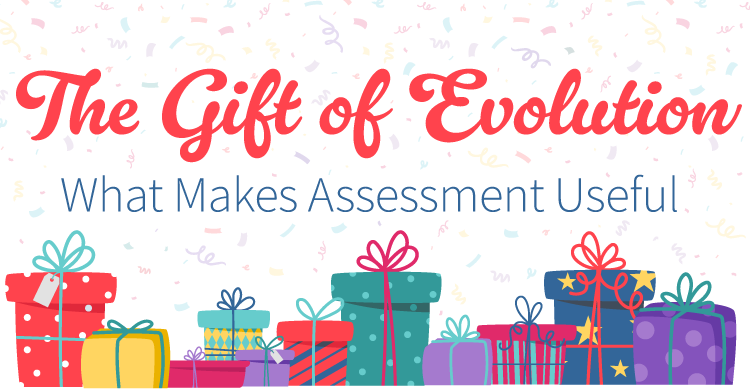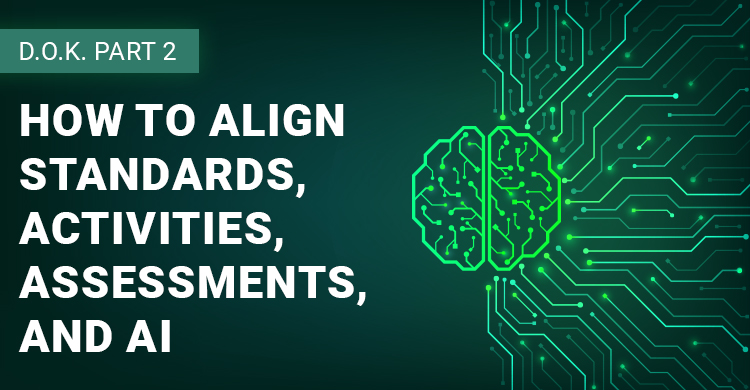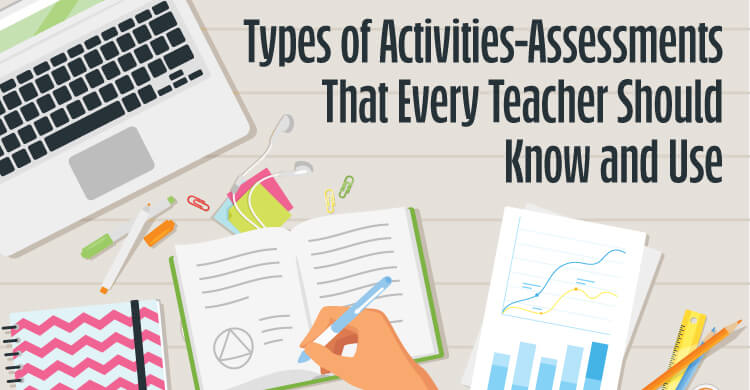Maya is in second grade. On Wednesday of each week, students in her classroom receive an object. With this object, they are asked to create something and write about it using details. They bring the “imagination creation” and description back to school on Friday to share it with their peers. Maya brings her writing home on Monday and most often the feedback provided is “great job.” After doing these imagination creations for about two months, I looked more closely and was struck by a few things in Maya’s writing. First, her spacing was getting progressively worse. She was putting spaces in the middle of words, connecting words that shouldn’t be connected, and tossing capital letters in the middle of words. As a former English teacher and her mother, I decided to ask her about it. The conversation went something like this:
Mom: Hey, Maya. It looks like you have some really creative ideas in your writing.
Maya: Yeeessss… Miss Johnson loves my ideas.
Mom: Take a look at this (I pull out a copy of her latest description). Do you see anything you might want to revise to make your writing even more clear?
Maya: Nope.
Mom: What about the spacing? It looks like this is one word and it looks like this one is two words.
Maya (exasperated): Mom, it doesn’t matter. Miss Johnson puts ‘Great Job’ on it anyway.
Stunned by her response, I started thinking about this idea of descriptive feedback: What are the implications for Maya’s learning about quality writing given this scenario? What messages do we need to send to students with our feedback if we are to promote learning?
I have come to believe that when we, as teachers, offer feedback for the purpose of increasing learning, we must inspire and require our students to act. In order for our students to act, they must understand very clearly what the intended learning looks like and they must identify the very next step in their learning. If students understand what to do, there’s tremendous opportunity and possibility that they will be inspired to take that next step. If these next steps are required and we provide the time, structure, and support for students to take and act on the feedback, learning will follow.
This notion of inspiring and requiring draws from Paul Black and Dylan Wiliam’s (1998) landmark review of over 200 studies that concluded quality formative assessment practice leads to increased learning. However, while implementing quality formative assessment practice seems like an obvious step, evidence in this review of literature suggests a gap in actual implementation. Black and Wiliam (1998) and Wiliam (2007) described descriptive feedback among other effective components of formative assessment: students and teachers knowing and being clear about the intended learning; teachers offering descriptive feedback and students acting on it; meaningful student involvement where peer and self-review are regularly practiced; and deep questioning that promotes dialogue among students and teachers.
I advocate that we must bring students in as active partners in this descriptive feedback process. If this is to be an authentic partnership, then both teachers and students share the roles of analyzing work, identifying strengths, identifying next steps, and revising the work appropriately. In order to bring students in as partners in their learning, we must provide opportunities for students to become actively involved and reflective in the feedback process. Effective feedback practices involve students in the following ways:
- Helps students understand and articulate more deeply the intended learning;
- Helps students understand the steps in the journey in achieving the intended learning; and
- Helps students determine where they are on the journey and their very next step’
Finally, these three practices are a progression and align to inspire and require action in order to increase learning.
Let’s take a look at how this process might play out in response to Maya’s comment. What if her teacher realized that students had lost sight of the reason they were writing these “Imagination Creation” descriptions and decided to respond in this way.
Step 1: Helping Students Understand the Intended Learning
In small groups, Maya’s teacher asks students to brainstorm the following: What is quality writing? What does quality writing look like?
As a whole class, Maya and her peers come to consensus on the most essential criteria (2-3) and brainstorm “quality” and “not yet” descriptions of writing.
Step 2: Helping Students Understand the Intended Learning and the Steps in the Journey
Using a sample piece of writing, small groups of students identify the following:
- Two strengths of the sample and evidence to support
- One area to work on and evidence to support
- One possible next step in the area to work on
The strengths and areas to work on come from the criteria and descriptions of quality writing in Step 1. The evidence to support comes directly from the writing in the sample.
Step 3: Helping Students Determine Where They are on the Journey and Their Next Steps
Maya and her peers then review their own writing. First, they identify two strengths in the writing and evidence to support. Then, they identify one area to focus on, the evidence that led them to their area and their very next step.
Step 4: Inspiring and Requiring Action
After Maya and her peers have identified revisions, the teacher posts the criteria in different areas of the room. Students move to the area of the room where the criteria they need to work on is posted. The teacher has prepared a brief activity for each criteria. For example, if a student needs to work on organization, students may receive a list of sentences they need to revise to make a paragraph that has a beginning, middle and end. Once they have created the paragraph together, they check their thinking with the teacher’s model paragraph by discussing the similarities and differences between their paragraph and the teacher’s model. Once the students have worked through the group activity, they return to their own work to make revisions in their own writing.
When we share our thinking and our intentions with students, we begin to draw them in as partners on this learning journey. Then, when we gather their voices and specifically invite their thinking to help shape our assessment and instruction, we take another step in this partnership. Questions that promote this level of partnership look something like: What do you think we’re saying? What do you think we’re learning? Why do you think this learning is important? How would you describe quality writing? What do you find most challenging about this learning? Finally, once we tap student voice, it’s time to use it as a rich source of information that informs our next steps in planning for increased student learning. Moving beyond “super job” to descriptive feedback creates a learning environment that capitalizes on the insights gained from those at the center of our work-our students.
References:
Black, P. and D. Wiliam. 1998. Inside the black box: Raising standards through classroom assessment. Phi Delta Kappan 80, no. 2:1-20.
Wiliam, D. (2007). Keeping learning on track: classroom assessment and the regulation of learning. In F. K. Lester Jr (Ed.), Second handbook of mathematics teaching and learning (pp. 1053-1098). Greenwich, CT: Information Age Publishing.
[author_bio id=”301″]






